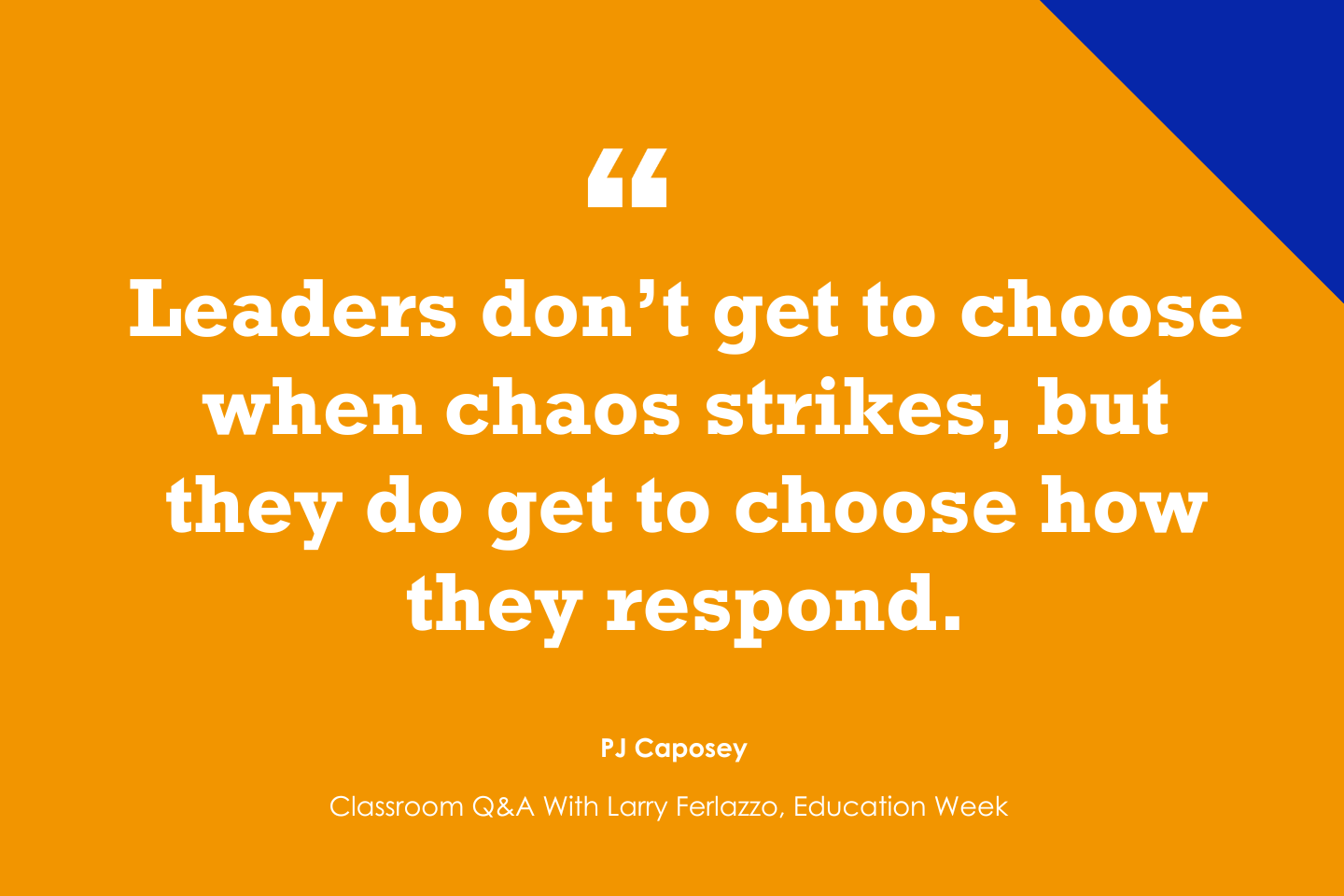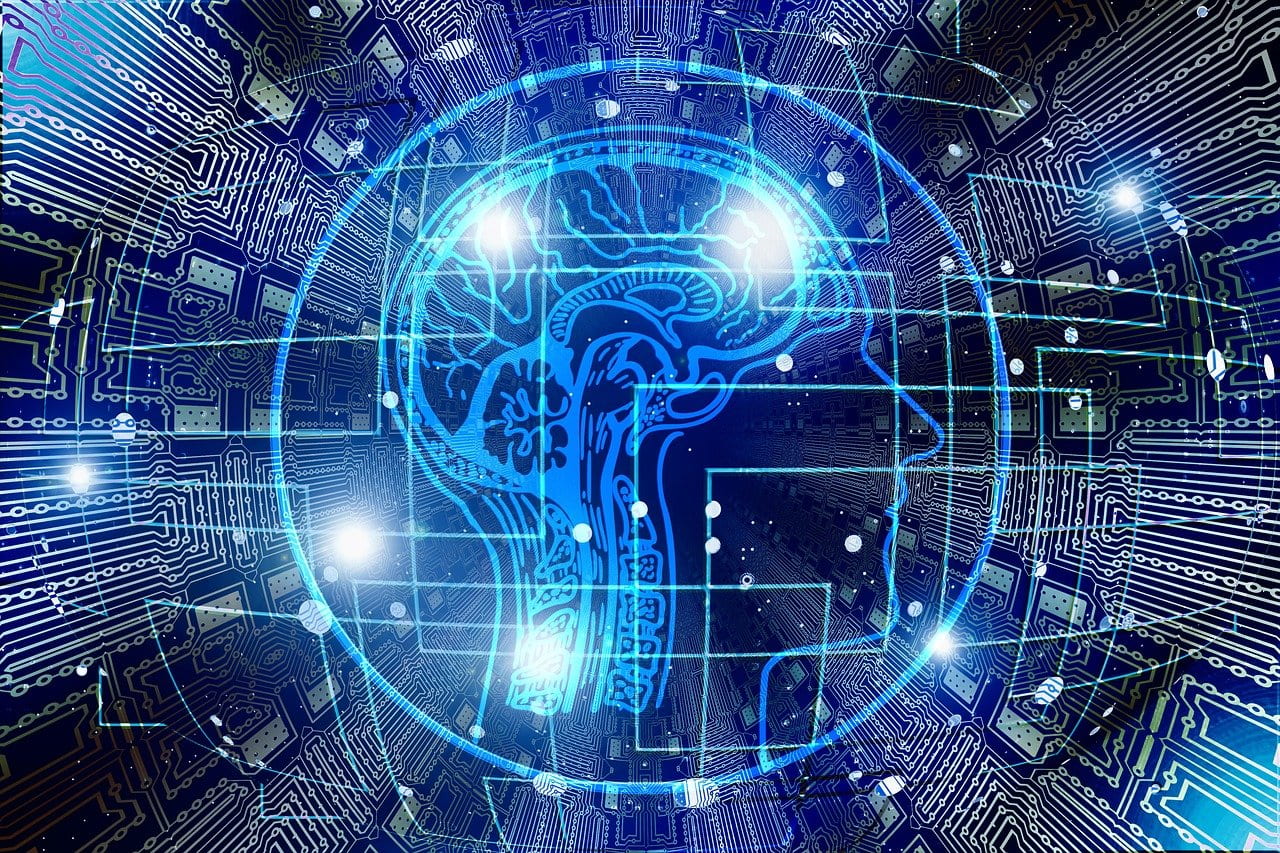Key points:
Two-thirds of high school and college teachers say they use AI technology for education
7 ways AI will make a positive impact on classroom teaching
Stop using AI to replicate outdated teaching–get creative, instead
For more news on AI in education, visit eSN’s Digital Learning hub
Eighty-two percent of college students say they’ve used AI technologies, compared to 58 percent of high school students, and students are now near even with teachers in adoption (67 percent vs. 66 percent), according to the second annual State of AI in Education report from learning platform Quizlet.
The report explores AI implementation, perception, and impact from both U.S. students’ and teachers’ perspectives.
Key findings include:
Students who use AI technology for school use it to do research (46 percent), to summarize or synthesize information (38 percent), and to generate study guides or materials (31 percent)
Students studying three or more hours a night during the school year are more likely than their counterparts to say AI technologies have positively impacted their efficiency (62 percent), learning support (60 percent), and creativity and critical thinking (53 percent)
Students are more likely than teachers to say AI creates a more equitable education system (41 percent of students vs. 33 percent of teachers)
48% of high school students say they’re not sure if they will use AI technologies to help prepare for college applications or standardized tests like the SATs and ACTs–only 7 percent of students have done so already
Higher education is leading the AI charge
This academic year marked the first full year that students, teachers, and administrators had access to generative AI solutions–and it’s clear that some students have been quicker to adopt this technology than others. More than four out of five (82 percent) higher education students have used AI technologies compared to just 58 percent of high school students. More college students also report that their institutions have established a code of conduct regarding AI use compared to high school students (41 percent vs. 18 percent).
“College students are adopting AI at a rapid pace, illustrating that this technology isn’t a trend but rather a profound shift in how they learn and engage with curriculum,” said Meghann Lomas, senior director of product at Quizlet. “Students want to use AI responsibly, and guidance from educators and administrators, along with the edtech companies building these solutions, can help them.”
Survey findings also indicate that high school teachers are more likely to be approached by their students with permission-based AI questions (67 percent vs. 52 percent). In contrast, college teachers are much more likely to get questions about proper use cases (59 percent vs. 40 percent). This data indicates that many students are cognizant of how and when they use AI, which may contrast with some initial concerns that students would use this technology without question.
Higher ed’s adoption of AI translates to outcomes and compared to high school students, more higher ed students report AI technologies have had a higher positive impact on efficiency: (63 percent vs. 53 percent), learning support (59 percent vs. 52 percent) and access to personalized learning or study materials (52 percent vs. 49 percent).
When it comes to the positive impact of AI on students, educators see different results: high school teachers report that the number one impact of AI on their students’ overall learning experience is that students are more confident (58 percent), while higher education professors report that the number one impact is that students learn new concepts faster (49 percent).
Despite greater adoption in higher education, when asked how AI is reshaping education, more than half of high school teachers and higher education professors (52 percent) feel positive or neutral about the technology’s impact on learning.
The AI hype gives way to more tempered expectations
The State of AI in Education report shows that teachers are more tempered in their optimism about AI’s potential to impact education this year compared to last year.
“The introduction of generative AI in education sparked a variety of hopes and fears for education,” said Lomas. “The data shows that while AI has proven to help support student effectiveness and develop personalized learning resources, it hasn’t yet prompted the changes many people were concerned about–like replacing the vital role our educators play in students’ lives.”
When it comes to the future of education for teachers, 38 percent say AI will have a positive impact–down from 51 percent in 2023. While teachers say that AI has made their students more confident (51 percent) and has helped them learn concepts faster (49 percent), confidence in impact to pandemic learning losses have been tempered. Thirty-six percent of teachers indicate that AI will somewhat or greatly help address learning loss caused by the pandemic, compared to 48 percent in 2023.
Further, only 28 percent of high school and college teachers said AI technologies positively impacted their students’ overall learning experience, while 46 percent of students reported the same. This number is nearly flat year over year; in 2023, 47 percent of students reported that AI technologies positively impacted their learning experience.
“Both students and teachers report that AI hasn’t yet resulted in a massive sea change for education,” said Lomas. “But more incremental changes are actually a good sign. It means that the most important stakeholders in education, teachers and students, have a better understanding of how to deploy AI in a practical way, which builds on the foundation of education.”
This even-handed outlook could be attributed to the real-life challenges of leveraging and applying AI in education. While the 2022-2023 academic year was focused on many potential applications and eventual iterations of AI, the 2023-2024 academic year provided the opportunity for educators and students to engage with this technology more deeply, understanding its limitations and constraints.
Gaps remain in AI guidance and regulation
Only seven states have issued guidance on how to approach AI in education. Ambiguous or nonexistent guidelines on AI usage in the classroom are a primary concern for teachers, who listed a lack of oversight as a top three concern (49 percent) for AI in education.
In 2024, 69 percent of respondents say their school has not yet established a code of conduct or an advisory for AI technology–down slightly from 72 percent of respondents saying the same in 2023. When asked who they would trust to create guidelines for fair and safe use of AI in education, students and teachers said schools and school districts (65 percent), state and/or federal governments (34 percent), and technology companies (31 percent) are the three most trusted groups.
“A reliable framework for AI use is necessary to ensure we’re applying this technology responsibly and thoughtfully,” said Maureen Lamb, dean of Academic Technology and Innovative Pedagogy at The Ethel Walker School. “Clear guidelines help educators and students build a dynamic learning environment that plays to AI’s strengths in supporting learning outcomes.”
Many teachers are now taking it upon themselves to discuss proper AI use with their students. Nearly half (49 percent) of students say their teachers have talked to them about AI usage for school, up significantly from 37 percent in 2023. Additionally, almost half (49 percent) of respondents who believe AI impacts equity in education point to teacher adoption of these technologies as an equity driver.
“Teachers play an important role in bringing students into the world of AI, but it takes a collective effort to ensure that students have equitable access to these technologies,” said Lomas. “Support from school systems and districts as well as public and private sector organizations is critical to both supporting teachers and successfully integrating AI into education.”
This press release originally appeared online.
Eighty-two percent of college students say they’ve used AI technologies, compared to 58 percent of high school students, and students are now near even with teachers in adoption. AI in Education, Digital Learning, Featured on eSchool News, college, college students, Education, global, high school, implementation, learning, school, state, students eSchool News







